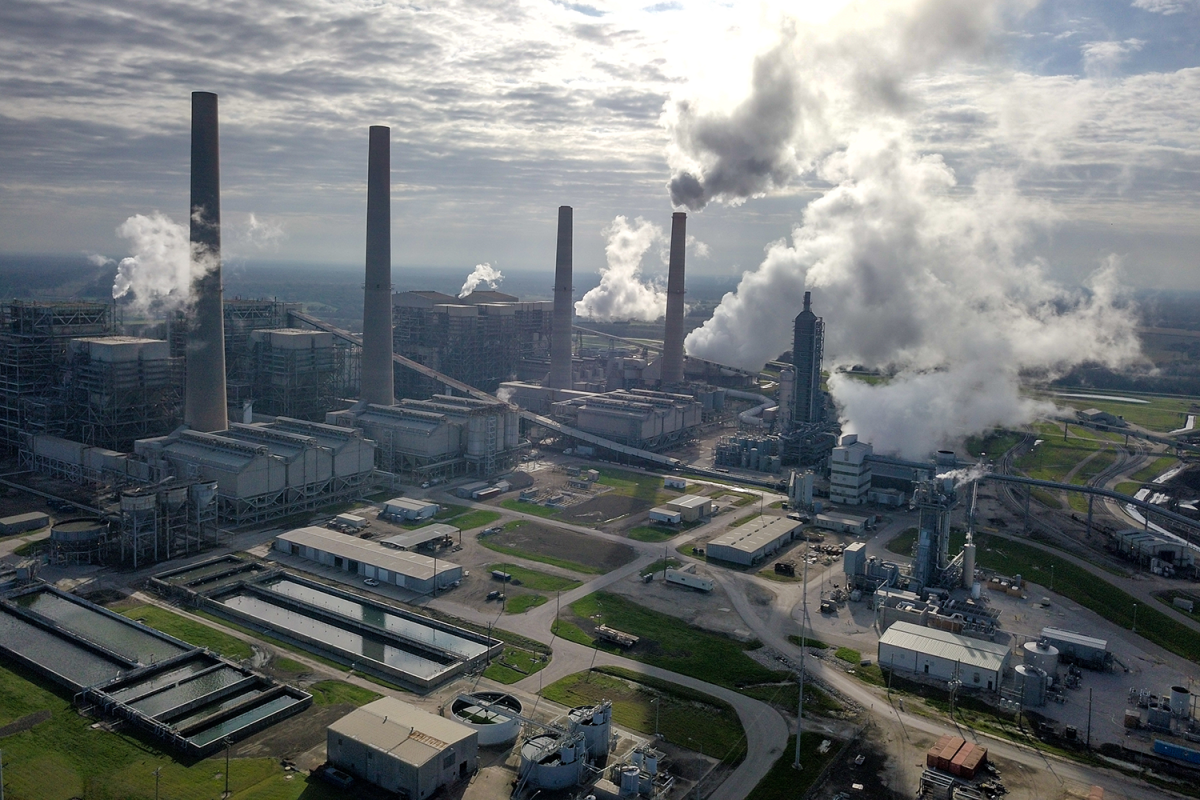Air travel is the most fundamental mode of travel — connecting people, businesses, and cultures worldwide. However, despite its various benefits, aviation is one of the most significant contributors to greenhouse gas emissions, emitting about 2.5% of global carbon dioxide (CO2) emissions today. By 2025, it is expected that the aviation industry will be responsible for 22% of CO2 emissions, according to NPJ Climate Action. At a time when global temperatures are rising each day, shifting towards fuel-alternative aircraft would contribute to better climate conditions and push aviation towards a more sustainable future.
The International Council on Clean Transportation puts CO2 emissions from aviation in 2019 totaled 918 million metric tons — equivalent to the fifth biggest emitter, Japan. Aviation is the most fuel-intensive form of transportation by miles traveled. Besides carbon dioxide, the combustion of jet fuel at high altitudes also produces water vapor and nitrogen oxides, producing contrails and cloud cover that trap heat in Earth’s atmosphere. This could make the actual effect of aircraft emissions on global warming as high as 2-3 times that of CO2 alone.
Electric and hybrid-electric planes offer cleaner alternatives to the traditional jet-fueled ones. Companies such as Eviation, Rolls-Royce, and Airbus are pioneering electric flight technology, with short-range electric planes already developing. Eviation’s all-electric plane, Alice, has a range of about 500 miles and is a zero-emission plane. Aviation giant Airbus plans to roll out an all-hydrogen-powered commercial aircraft, ZEROe, by 2035.
All these technologies are promising, but only some will reach their full potential with government action. Norway has already led the development of electric domestic flights, which should be a reality by 2040. The rest of the world has to come forward with similar policy initiatives, such as tax incentives for developing electric aircraft, mandatory usage of sustainable aviation fuel (SAF), and research grants on sustainable aviation technologies to meet global targets. Furthermore, an international aviation tax on carbon emissions would make it appealing for companies to shift toward sustainability.
Also, more than half of aviation emissions are caused by the wealthiest 1% of the world’s population, as many wealthy individuals fly many times a year either on business or as tourists. This illustrates how some people take advantage of their wealth, resulting in actions that damage the environment, putting a burden on people who try to do the right thing. Taxes should be obligated towards those who fly the most, inciting them to move towards sustainability.
It is time to start financing research, production, and infrastructure because the costs that this would take would be insignificant compared to the results of unregulated emissions on long-term environmental and economic damages. Electric planes and SAF are a true possibility that deserve support from the public and political spheres and would not be extremely hard to sponsor. If we want flying to be able to continue well into a sustainable future, then that future needs to start now.
*This editorial reflects the views of the Editorial Board and was written by Gregoire Scherrer. The Editorial Board voted 13 in agreement and 2 refrained from voting.













